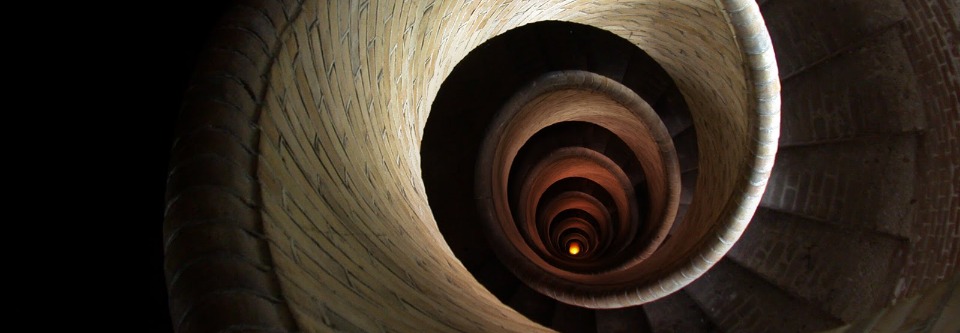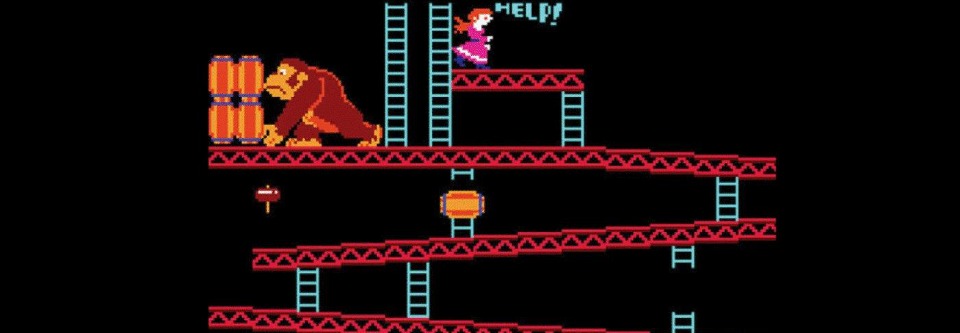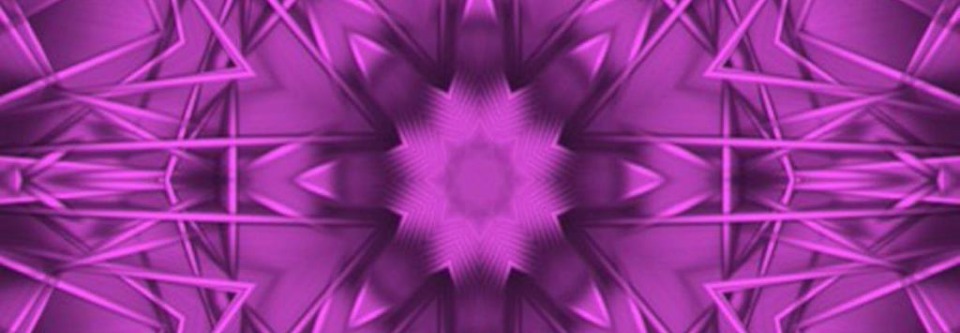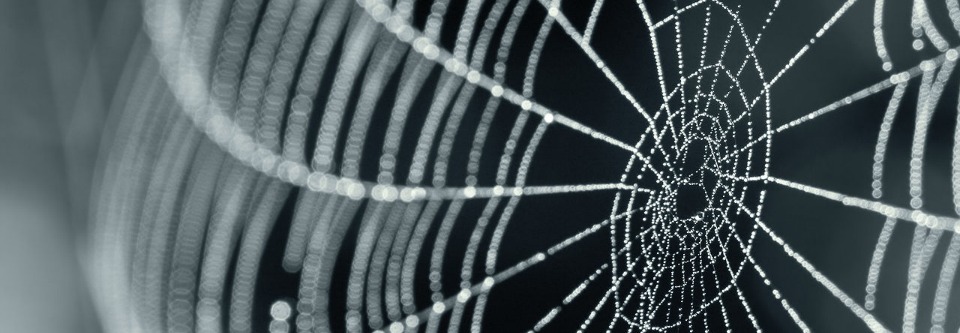What is The Soul?
A couple of weeks ago I wrote a piece arguing that many spiritual teachings around today neglect the place of our souls. I worked off the notion of spiritual bypassing–which is spiritual teachings that hurt people by teaching them to bypass their emotions. I said that spiritual teachings neglected our souls was another kind of spiritual bypassing.
I received some comments and emails asking if I could say more about how I understand the soul.
Peering in at the soul
The soul is often a very ephemeral, tender, and quiet part of ourselves (though when awoken can be a force of incredible power). It’s a tricky one to grasp and speak about. So let’s start perhaps with what the soul is not and that will hopefully clear out some misconceptions. We’ll then be able to speak more clearly about the soul.
Let’s use a simple (but hopefully not simplistic) three part understanding of the human being, We have three identities: ego, soul, and spirit.
Our spirit is the unconditioned dimension of our being. Our spirit is pristine, always at ease, wise, full of love and light. It’s like a smile within us radiating outward to infinity. Though our spirit easily flows with all life, it is unencumbered by the vicissitudes of time and space. There’s no decay, no death, and no wounding for our spirit. Our spirit is what most spirit-ual teachings are aimed at. Anytime a spiritual teacher refers to awakening to the part of us that transcends time and space, is always peaceful and at rest, they’re talking about our spirit.
Our spirit is neither born nor does it die. It can’t really be said to move. It just is.
Our ego or personality, on the other hand, is conditioned. Very conditioned in fact. It’s the part of us that we share with the world (our persona). We go to a dinner party and introduce ourselves–we’ll be expected to talk about where we’re from, what we do for a living, who are our close relationships, etc. The ego is very much a product of our normal conception and experience of time. It’s born, it ages, it will die. And it’s not coming back.
When compared with spirit and personality, the soul is some of both, a little of neither. Like spirit, soul doesn’t conform to a typical lifespan. The soul however doesn’t completely transcend time and space either–this is what makes it so difficult to discuss. The soul both is beyond our normal timeframes and yet isn’t totally beyond all time and space (like spirit). This is where the teaching of reincarnation (in its many forms) comes from. Mystics throughout history have connected with a part of themselves that they realize isn’t bound to the normal cycle of birth and death like an ego or personality is, yet isn’t completely free from all time and space like spirit is. They surmise therefore that this middle part of us, might live through multiple forms or rounds of existence (however we might want to understand that idea).
In the ancient Greek tradition of Middle Platonism (which influenced the great early Christian theologian Origen), there was the notion of the ochema. The ochema is a vehicle–a vehicle of life being lived in multiple expressions. (Origen by the way did believe in the possibility, indeed probability of multiple incarnations).
Our spirit cannot be said to transmigrate or reincarnate. As spirit, we are never born nor then do we die. As personalities, we definitely are born and we definitely will die. And that’s it for the personality. It’s a one time deal only for a personality.
As souls, it’s a little both, but really neither.
We have conditioned or Unconditioned. Awake or asleep. Birth and Death or Unborn and Undying. This is the language of ego and spirit respectively.
But what about the language of the soul?
How do we talk of something which experiences death but doesn’t fully succumb to death either or has a beginning but not a beginning like everything we’re accustomed to which is born at a certain time?
Language is really unhelpful here. We lack a strong language of the soul. I think this is why the soul is usually expressed much better in art, symbolism, and imagery. Language however often fails us at the soul level.
Let’s consider another comparison.
As spirit, we are never able to be hurt or wounded. As spirit, we are radically, completely, and totally free, totally alive, totally awake, totally at peace, totally full of joyous humor. As spirit, life is a complete miracle.
As egos, we suffer, often greatly. Life is hard for the ego, always is, always will be. As they saying goes, “Life’s a bitch, then you die.” (That’s true, in part, for the ego only).
Contrary to spirit, the soul can be wounded. The soul can carry deep wounds, patterns, blocks and restrictions. Having wounds makes the soul (in this sense) more like the ego–which is often profoundly wounded. Except that the soul carries different kinds of wounds and pains then does the ego and (and this very important) the soul carries the pains and woundings differently than does the ego.
The upside of a soul being able to be wounded is that a soul can be healed. Egos can be healed but only to a degree (and not a great degree at that usually). As spirit, we are never injured, hence we are never healed. Soul-level healing is a beautiful, incredible thing.
Again, this is why it’s so hard to speak of our souls. We’re used to pain (ego) or no pain (spirit), unenlightened (ego) or enlightened (spirit). But what about an identity that is kinda both and yet kinda neither? Our minds are accustomed to this or that but the soul is neither this nor that. It’s on the borderland, in liminal space.
Let’s consider a third comparison to explore this liminality a bit more.
As egos we suffer from separation. The ego, in a sense, is separation, it’s nothing but separation. As egos, we struggle to form healthy relationships–with ourselves, with each other, with other sentient forms of life. These bonds, when formed, are always very fragile and liable to tear at a moment’s notice.
As spirit, there is deep and abiding oneness. There is no separation for spirit. There is pure intimacy.
As souls we are distinct from each other and yet the experience of distinction is not one of deep and painful separation as it is for the ego. As soul, our influence extends beyond our normal sense of spatial boundaries. We effect each other at seemingly great distances at soul level. Yet there is still difference and relationship, not pure and total transparency and intimacy or oneness as with spirit but not total separation (like the ego) either.
What this mean is that the soul is able to hold a very deep form of relationship. My experience of soul-level relationship is a feeling of subtlety. It’s like a pulse that radiates outward or like a router that’s picking up the internet wireless signal and channeling it through the house (i.e. the bodymind). As soul, I feel naturally related to earth, to sky, to children, to animals, to dreams, to the realm of shadows.
As spirit I identify as all of those. I AM That. I am dream-like reality. As spirit, I am earth and sea and sky and all that moves therein. As ego I am quite separate from all those, painfully so in fact. As soul, I’m me yet earth and sea and sky and all its creatures are my sisters and brothers and I feel this familial connection with all life in my blood and bones. I don’t have to work at getting that feeling–it comes naturally to soul. It’s built-in.
Now What?
We’ve proceeded so far more by looking at what soul is not, only implicitly speaking to what it is. Can we then perhaps speak more explicitly of soul on its own terms?
In the Tibetan Buddhism tradition they speak of the soul as the energetic container of all our choices. Choices that align with divine wisdom, compassion, and love strengthen the soul. Choices that are out of alignment with divine wisdom, compassion, and love leave negative imprints, restricting the flow of soul energy.
Gandhi–influenced by the devotional traditions of the Bhagavad Gita and The New Testament–spoke of soul force (satyagraha). Soul force is a soul that is most profound alignment with its divine nature and purpose.
The soul is deep memory. This is what I would say above all.
As egos, our sense of time is so conditioned. We’re always living in the past or off in the future in a very unconscious way. We’re predicting futures based on past experience–and our lack of a hopeful vision of the future negatively colors how we recall the past, which effects how we act in the present.
As spirit there is no past or future. There only is the present, the Eternal Present, The Utter Now.
As soul, we again have access to time but in a very subtle way, a way that is not nearly so conditioned and habitual as the ego’s relationship to time. But it is still conditioned–just very subtly and this is the key point. When we look into soul patterns, we are working with very subtle forms of thought, habit, feeling, and identity.
As soul, we have access to the past, to the future, and perhaps even to parallel or possible timelines. The soul is the repository of our deep memory–it remembers our ancestry, our collective human patterns of consciousness, our earthiness. We include mineral, plant, and animal life within us–and the soul remembers the stories and the songs of each. The soul also has memory of the future (which we call hope). It has purpose and desire.
Our souls need to be seen and appreciated. For many of us they’re hiding. They’ve been marginalized by mainstream secularism, mainstream religion, and even by most alternative spiritual teachings. We’re either ignorant of or embarrassed by acknowledging and working with this part of ourselves. We need to learn who we are at soul level, what are characteristic strengths and challenges are, as well blocks and restrictions.
Ultimately we’re each ego, soul, and spirit. Each identity is whole unto itself and yet intrinsically related with the others. None of these three identities wipes out the others. But soul, I believe, is right now the most misunderstood part of ourself and the one most in need of being embraced.








